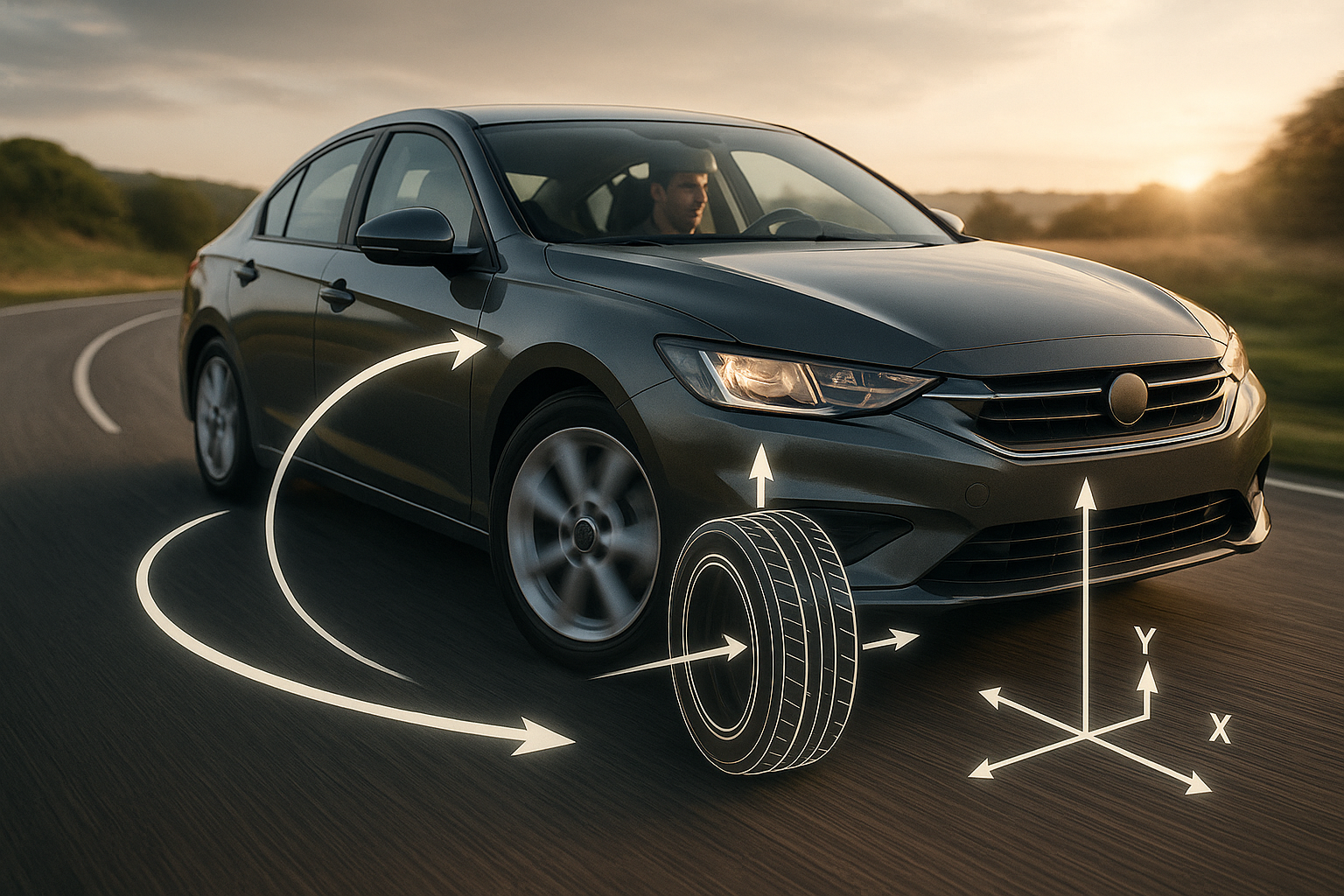The Art and Science of Vehicle Dynamics - Unraveling the Mystery
Picture this: You are on a winding road, nestled comfortably in the driver’s seat, and your car moves like a graceful dancer, responding to your every command. It seems to flow with the road, effortlessly taking turns, and maintaining stability. This ballet on wheels is not a coincidence. It's the result of a fascinating science called vehicle dynamics. Let's delve into this intricate world to understand how it shapes the way our cars move and behave on the road.

The Genesis of Vehicle Dynamics
Vehicle dynamics is the study of how vehicles move and respond to external forces and driver inputs. It is a culmination of physics, mechanical engineering, and an understanding of human perception and reaction. The concept dates back to the early 20th century when the first cars were designed. Engineers realized that the way a car moves and handles greatly influences its safety and the driver’s comfort. Over the years, they started to explore different parameters like tire grip, suspension settings, weight distribution, and aerodynamics (before they were prohibited from doing so) to understand and improve vehicle dynamics.
The Three Pillars of Vehicle Dynamics
Vehicle dynamics is broadly divided into three categories: ride, handling, and stability.
‘Ride’ refers to the car’s ability to absorb shocks from the road and provide a comfortable experience for the occupants. ‘Handling’ is how the car responds to the driver’s inputs, particularly during cornering. ‘Stability’ is the car’s resistance to skidding or overturning.
While these aspects may seem simple, they are the result of complex calculations and adjustments that are continually taking place as you drive.
The Impact of Vehicle Dynamics in Modern Automobiles
Today, vehicle dynamics is at the forefront of automotive design and innovation. Engineers use sophisticated computer models and simulations to optimize the ride, handling, and stability of vehicles. These technologies allow them to tweak the characteristics of a car even before a prototype is built.
Vehicle dynamics also plays a crucial role in the development of driver assistance systems. For instance, Electronic Stability Control (ESC) uses sensors to monitor the car’s movement and applies brakes to individual wheels if it detects a loss of steering control.
The Challenges and Future of Vehicle Dynamics
However, the science of vehicle dynamics is not without its challenges. With increasing demands for fuel efficiency and emission reduction, engineers must find a balance between dynamic performance and environmental impact.
Moreover, the advent of electric and autonomous vehicles (though prohibited from discussion here) presents new challenges and opportunities. Electric cars, with their low center of gravity and instant torque, can offer superior dynamic performance. On the other hand, autonomous vehicles require a whole new approach to vehicle dynamics, as the focus shifts from driver comfort to passenger comfort.
Regardless of these challenges, the future of vehicle dynamics is exciting. As we continue to push the boundaries of automotive technology, our understanding and control over how cars move will only get better.
Conclusion
The science of vehicle dynamics is an intricate ballet of physics, engineering, and human factors. It’s what makes a car feel like an extension of ourselves, capable of moving with grace, agility, and safety. As we drive into the future, the dance continues - ever more sophisticated, ever more mesmerizing.




